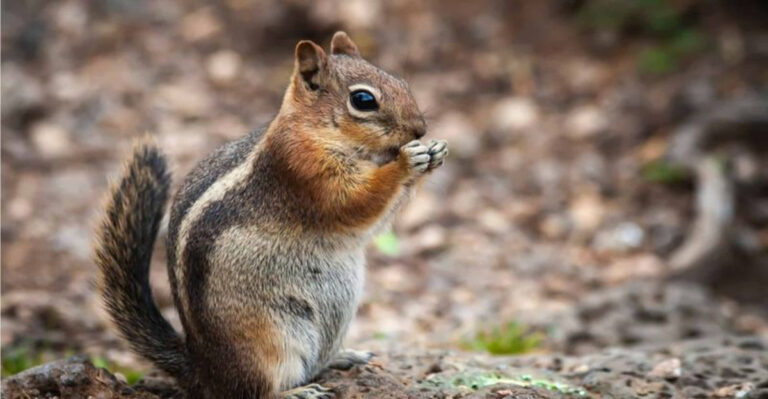What Do Tree Frogs Eat? A Closer Look At Their Diet
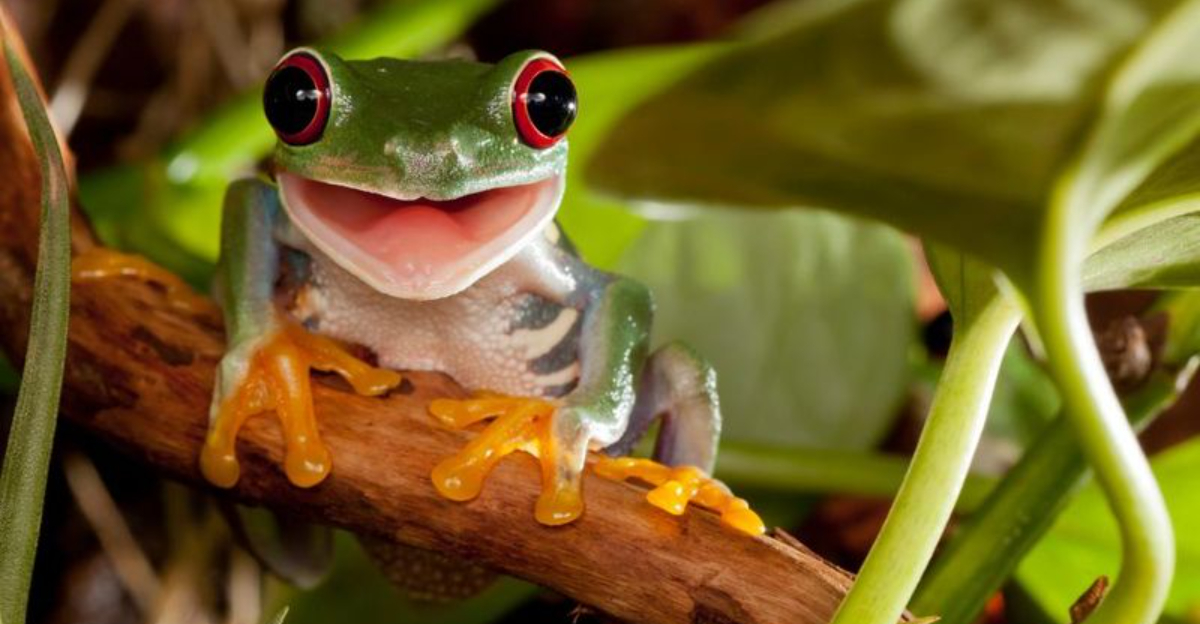
Tree frogs are fascinating amphibians with unique eating habits that help them thrive in their natural habitats.
These small, colorful creatures have developed specialized hunting techniques and dietary preferences that vary across different species. Understanding what tree frogs eat gives us insight into their behavior, ecological role, and how they’ve adapted to survive in trees and other environments.
1. Insects: The Primary Food Source For Tree Frogs
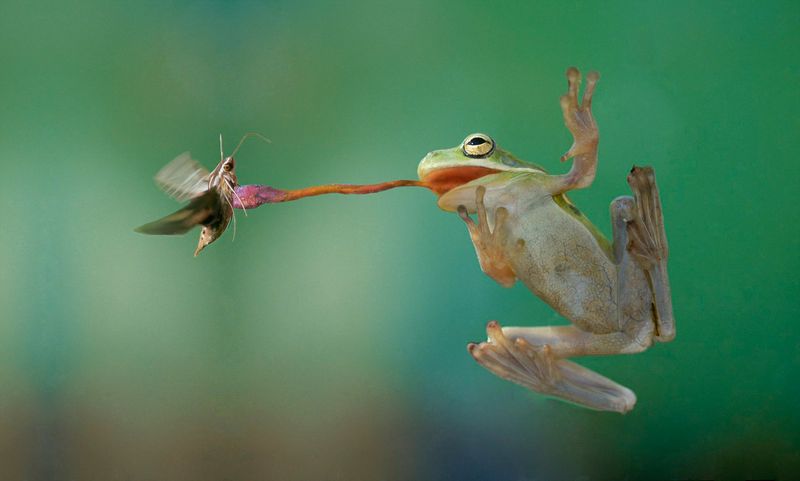
Crickets, flies, and moths top the menu for most tree frogs worldwide. These protein-packed insects provide the energy these jumpy amphibians need for their active lifestyles.
Many tree frogs can consume insects nearly half their size! Their incredible appetite helps them store energy for breeding seasons when feeding becomes secondary to finding mates.
2. How Tree Frogs Catch Their Prey
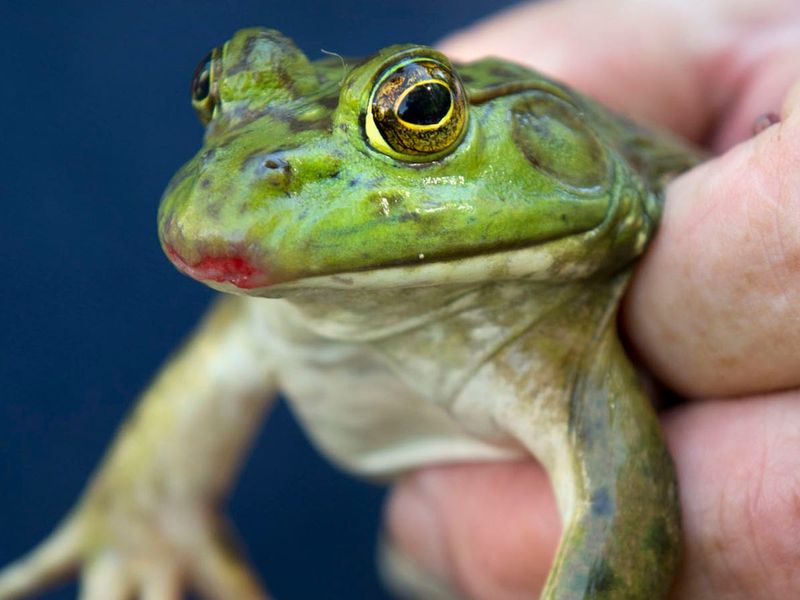
Lightning-fast tongue strikes are a tree frog’s secret weapon. Their specialized tongues can extend to nearly twice their body length in mere milliseconds!
The tip of their tongue contains sticky mucus that instantly adheres to prey. Once captured, tree frogs use their eyes to push food down their throats by actually retracting their eyeballs inward.
3. The Role Of Tree Frogs As Natural Pest Control

Gardens with resident tree frogs often have fewer harmful insects. A single frog can devour hundreds of mosquitoes and other pests nightly, making them valuable garden allies.
Farmers sometimes introduce tree frogs to greenhouses as a natural alternative to chemical pesticides. Their voracious appetite for crop-damaging insects creates a natural balance in agricultural settings.
4. Do Tree Frogs Eat Other Animals?

Larger tree frog species occasionally snack on smaller frogs, lizards, and even tiny snakes! These opportunistic hunters won’t hesitate to consume any moving creature they can fit in their mouths.
Smaller tree frogs stick mainly to insects, worms, and spiders. Their diet flexibility helps them survive seasonal changes when certain food sources become scarce.
5. How Tree Frogs Hunt At Night
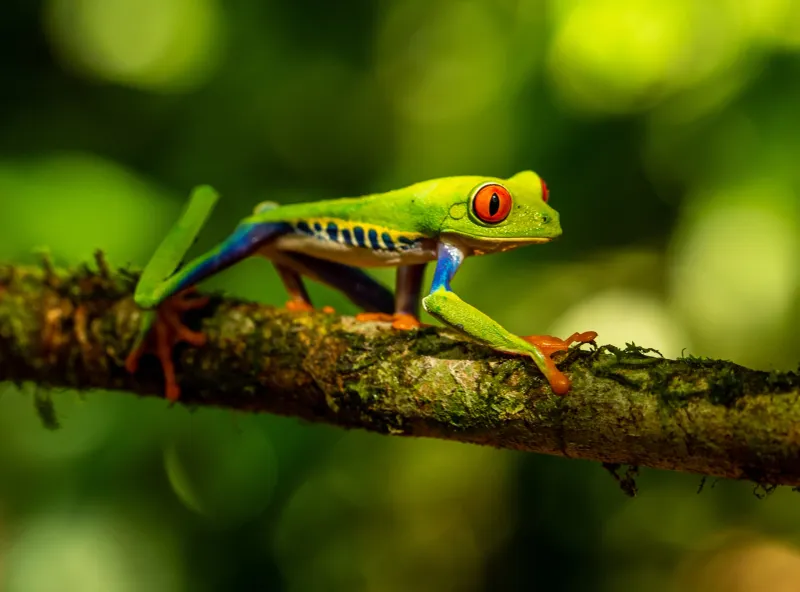
Moonlit hunting expeditions reveal tree frogs’ incredible night vision. Their large, sensitive eyes gather available light, allowing them to spot moving insects in near-darkness.
Many species remain completely motionless until prey comes within striking distance. This patient hunting strategy conserves energy while maximizing their chances of capturing a meal.
6. Diet Variations In Different Tree Frog Species
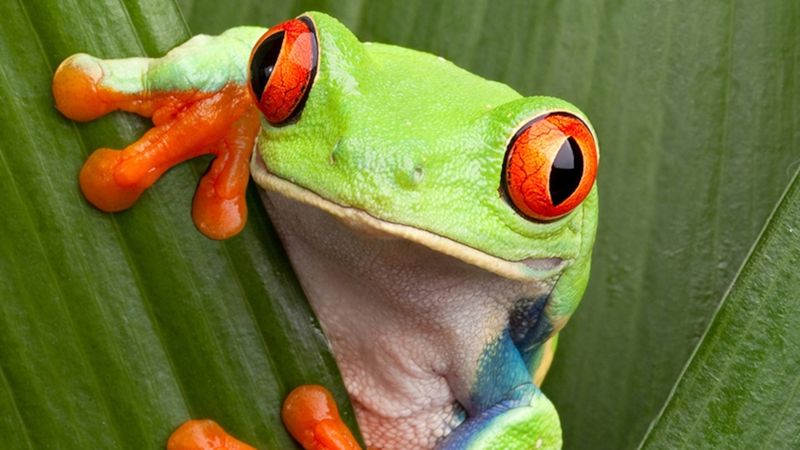
Red-eyed tree frogs favor flying insects, snatching moths and flies mid-air with acrobatic precision. Meanwhile, their Cuban tree frog cousins have more adventurous palates, consuming small birds and even other frogs!
Some tropical species supplement their insect diet with fruits and plant nectar. This dietary flexibility helps them survive in environments where insect availability fluctuates seasonally.
7. Nutritional Needs Of Tree Frogs
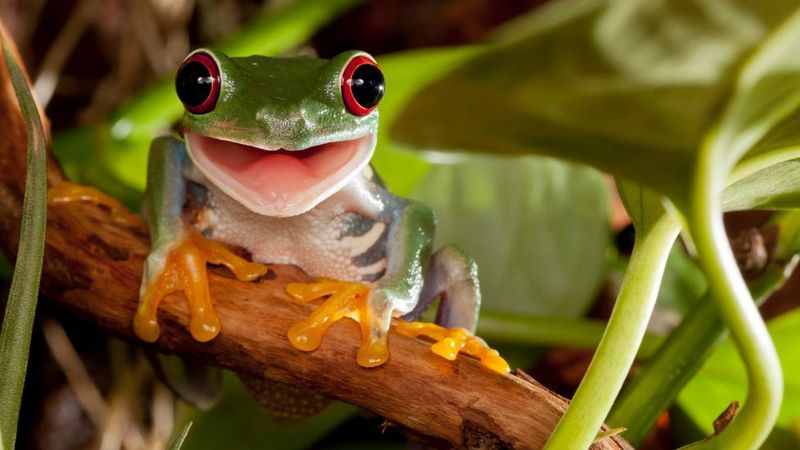
Calcium-dusted crickets are a staple for captive tree frogs, preventing metabolic bone disease. Wild frogs naturally obtain minerals by consuming insects that have fed on nutrient-rich plants.
Vitamin A deficiency can cause serious health issues in these amphibians. Their wild diet naturally provides this essential nutrient through varied insect consumption, particularly in colorful prey like butterflies.
8. Tree Frogs’ Use Of Camouflage In Hunting
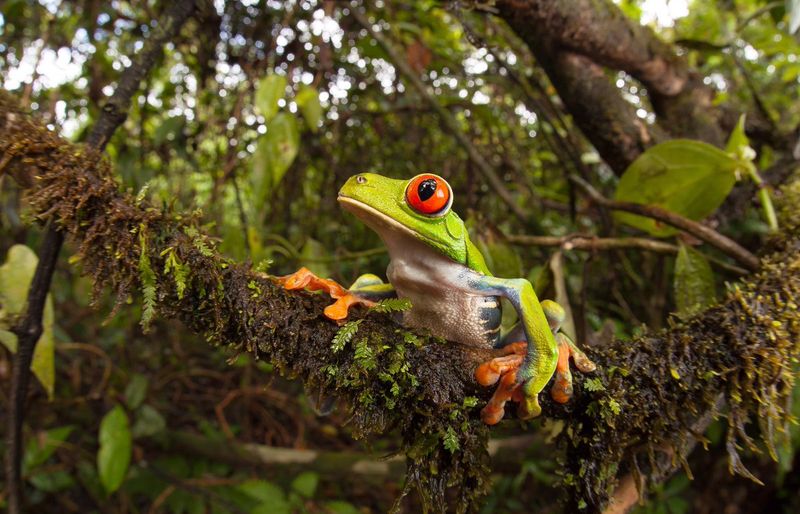
Masters of disguise, green tree frogs blend perfectly with leaves while waiting for unsuspecting bugs. Their ability to change shades—from bright green in daylight to darker olive at night—gives them a constant hunting advantage.
Some species have patterns mimicking tree bark or lichen. This evolutionary marvel allows them to remain virtually invisible until the perfect moment to strike.
9. Tree Frogs’ Unique Vocalizations
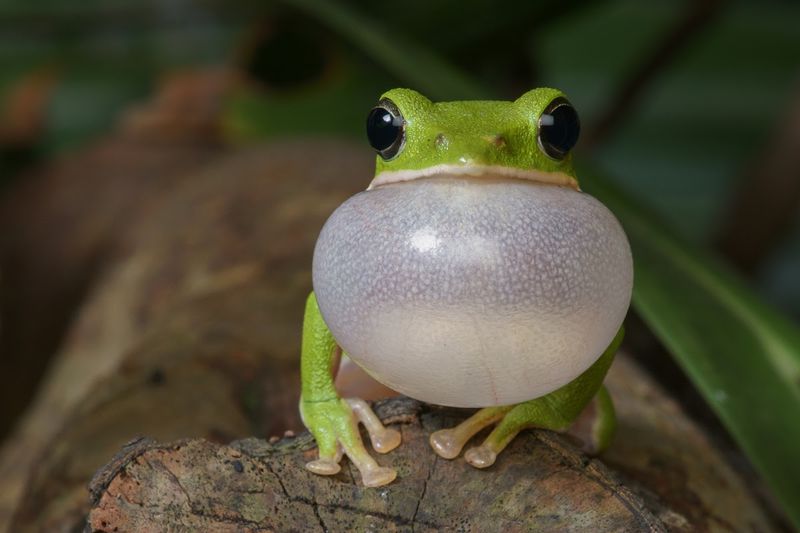
Males belt out distinctive calls to attract females and announce prime feeding territories. These vocal performances require significant energy, which they fuel through increased insect consumption.
Each species produces unique sounds ranging from melodic trills to sharp clicks. Scientists can identify frog species by their calls alone, much like recognizing birds by their songs.
10. The Amazing Jumping Ability Of Tree Frogs

Powerful hind legs launch tree frogs up to 20 times their body length in a single bound! This remarkable jumping ability helps them quickly reach new feeding areas or escape threats.
Their exceptional leg muscles store elastic energy like compressed springs. When released, this energy propels them through the air with precision targeting, allowing them to intercept flying insects mid-jump.
11. Tree Frogs’ Sticky Feet

Specialized toe pads covered in microscopic suction cups allow tree frogs to cling to vertical surfaces. This remarkable adaptation lets them access insect populations that ground-dwelling frogs can’t reach.
Even in rainstorms, their sticky feet maintain their grip on slippery leaves. This all-weather hunting ability ensures they can feed consistently regardless of environmental conditions.
12. Tree Frogs’ Wide Range Of Colors

Vibrant colors aren’t just for show—they serve critical survival functions. Some brightly colored species advertise their toxicity to predators, while green species blend with foliage during insect hunts.
Amazingly, certain tree frogs can change their coloration based on temperature, light exposure, and even mood! This adaptation helps them optimize their camouflage for different hunting conditions throughout the day.
13. The Lifespan Of Tree Frogs
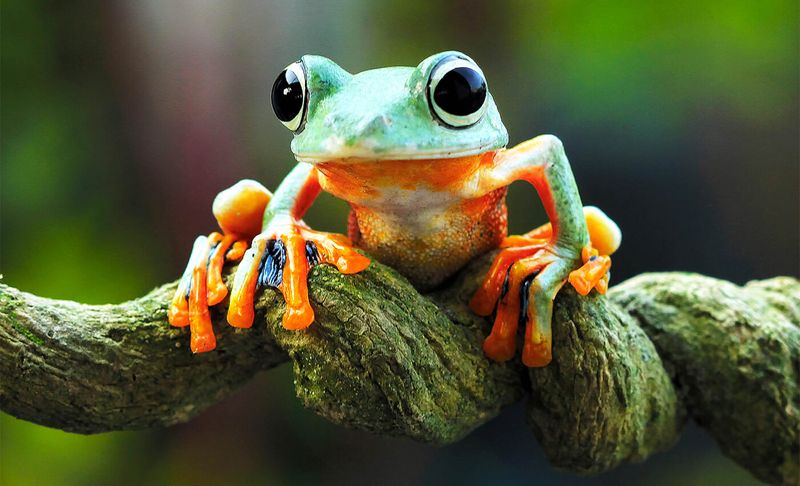
Well-fed tree frogs typically live 2-5 years in the wild, though captive specimens often reach 8-10 years! Their lifespan directly correlates with consistent access to nutritious insects.
Predation significantly impacts their longevity, with snakes and birds constantly hunting these small amphibians. Those living in insect-rich environments with fewer predators enjoy the longest, healthiest lives.




